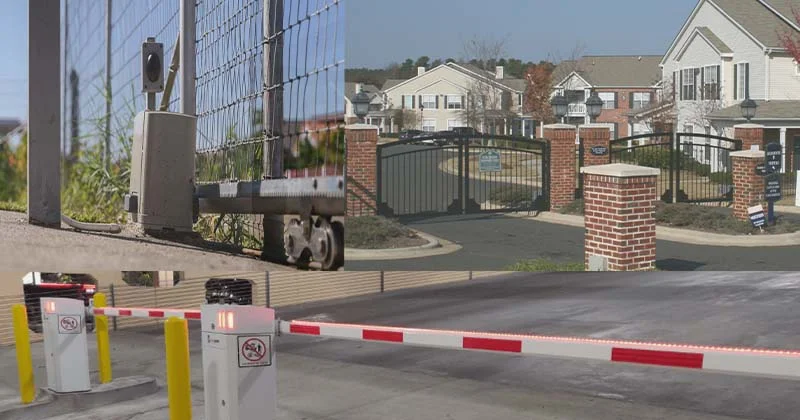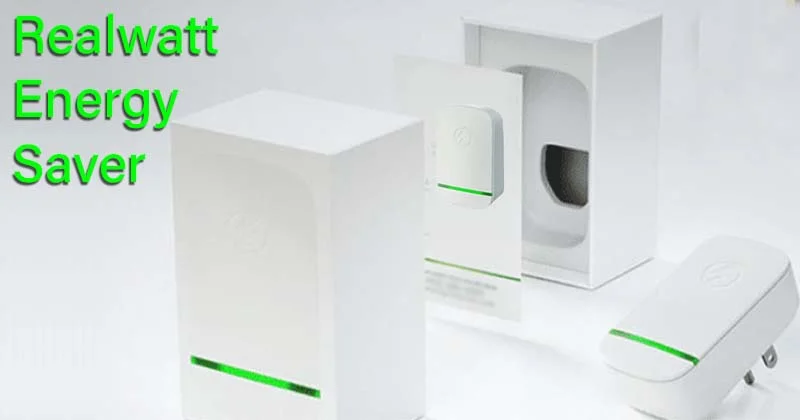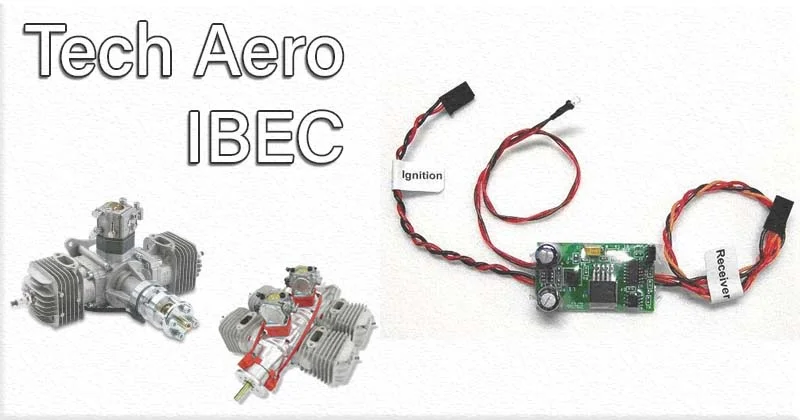Automatic gate sensors are crucial components in the operation of automated gate systems. They play an important role in ensuring the safety and efficiency of these gates.
In this comprehensive guide, we will get into the intricate details of what are automatic gate sensors?, how they work?, including the various types of sensors and their functions, common issues and troubleshooting methods.
Types of Automatic Gate Sensors
Automatic gates rely on different types of sensors to detect motion, obstacles & changes in pressure. Each sensor type has unique characteristics and functions that contribute to the gate’s overall performance.
1. Infrared Photocells
Infrared photocells work in pairs, with one transmitting an infrared beam to the other. When an obstruction interrupts this beam, the second photocell triggers the gate control system to stop or reverse the gate’s motion.
These sensors are positioned strategically to prevent collisions and enhance safety.
2. Safety Edges
Safety edges consist of rubber strips that, when compressed, complete an electric circuit, causing the gate to stop. Unlike photocells, safety edges only halt the gate’s motion when they come into physical contact with an object, making them effective for preventing accidents.
3. Loop Detectors
Loop detectors use electromagnetic induction to detect vehicles containing magnetic metals. These detectors are often installed underground and generate an electric signal to open the gate when a vehicle is detected.
4. Magnoresistive Vehicle Detection
Similar to loop detectors, magnoresistive sensors detect vehicles by their magnetic properties. However, they use smaller sensors installed in the driveway instead of underground loops.
5. Active Infrared Sensors
Active infrared sensors use transmitter-receiver pairs to emit and detect infrared light. They are versatile and suitable for various gate types, including swing doors and sliding doors.
How Gate Automation Sensors Work?
Automatic gate sensors are instrumental in providing safety and convenience. They work by detecting specific conditions and responding accordingly, allowing for efficient gate operation.
When a vehicle or person approaches the gate, the sensor activates the gate motor, initiating the opening sequence. Once the object has passed through and is out of the sensor’s range, it signals the gate to close.
The sensor’s trigger methods can vary, from keypads to remote controls and even induction loops for vehicles.
Importance of Automatic Gate Sensors
The presence of sensors significantly enhances the safety and functionality of automatic gates. While gates without sensors rely on manual instructions, gates equipped with sensors can operate more intuitively.
Here are some key reasons why automatic gate sensors are essential:
- Safety: Sensors prevent accidents by detecting obstructions or individuals in the gate’s path, triggering immediate gate reversal or stoppage.
- Convenience: Sensors facilitate effortless entry and exit by automatically opening the gate when a vehicle approaches.
- Efficiency: They enhance the gate’s operational speed and ensure smooth gate movements, effects in reducing waiting times for users.
- Security: While sensors may make gates safer to operate, their presence also deters unauthorized individuals from attempting to breach the gate.
Troubleshooting Common Sensor Issues
Despite their reliability, automatic gate sensors may encounter problems. Here are common sensor issues and steps to troubleshoot them:
1. Obstruction: Remove debris and clear the sensor’s path to ensure uninterrupted operation.
2. Misalignment: Realign sensors to face each other properly. It is done in a case if there is a visible misalignment, indicated by a flashing light.
3. Dirty Lenses: Periodically clean sensor lenses to maintain their effectiveness.
4. Wiring Problems: If sensors malfunction due to damaged wiring, consider professional repair or replacement.
Gate Sensor Replacement
In some cases, sensor issues may require replacing the sensors entirely. Modern sensors offer advanced features like Wi-Fi connectivity, allowing gate control through smartphone apps, enhancing security and providing remote access to authorized individuals. When upgrading sensors, it’s essential to consider these technological advancements for improved gate performance.
Also read:
Quantum Garage Door Opener
Micanan Garage Door Opener
In conclusion, automatic gate sensors are indispensable components that contribute to the safety, convenience and efficiency of automated gate systems. Understanding the various sensor types, their functions, and troubleshooting methods is essential for ensuring the reliable operation of automatic gates. It will provide peace of mind for property owners.



